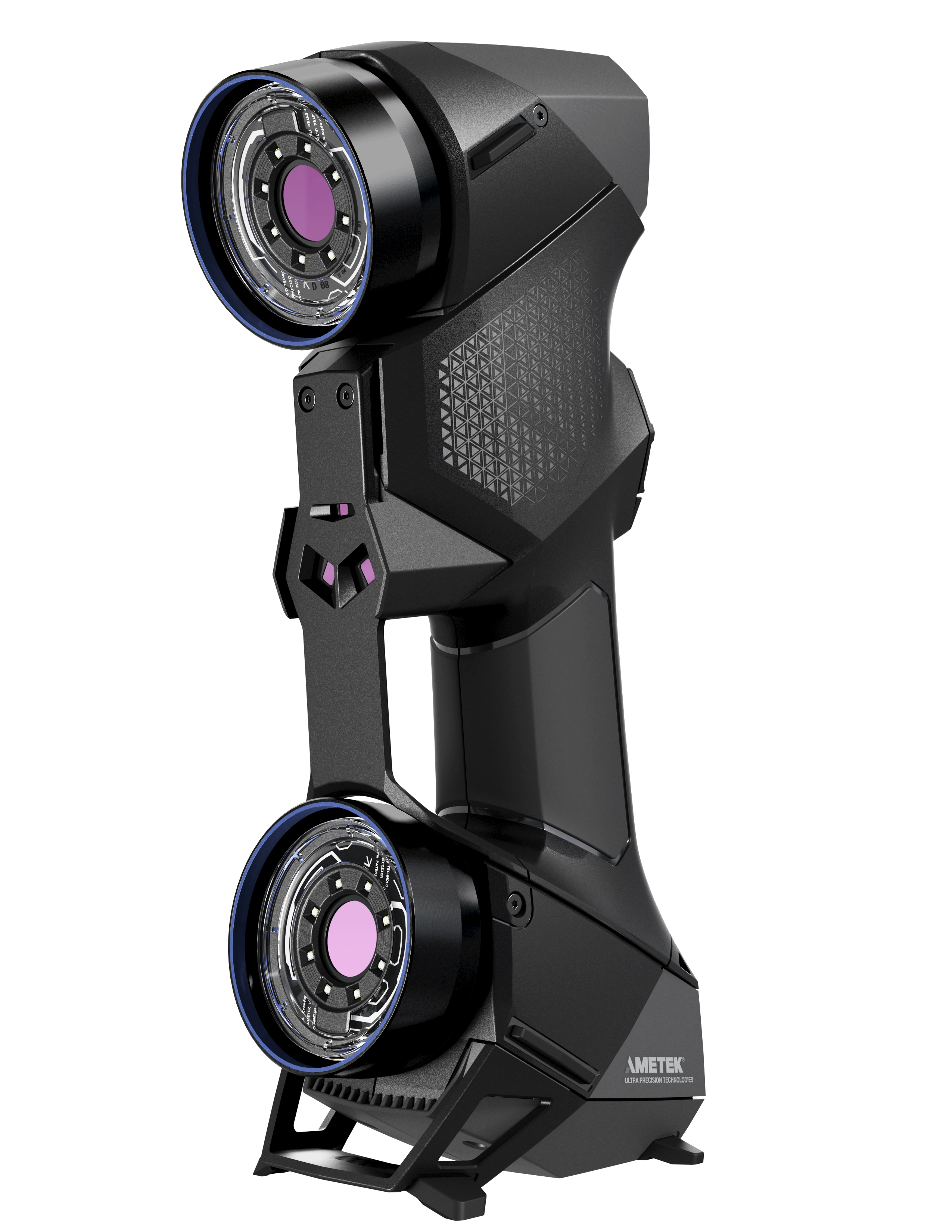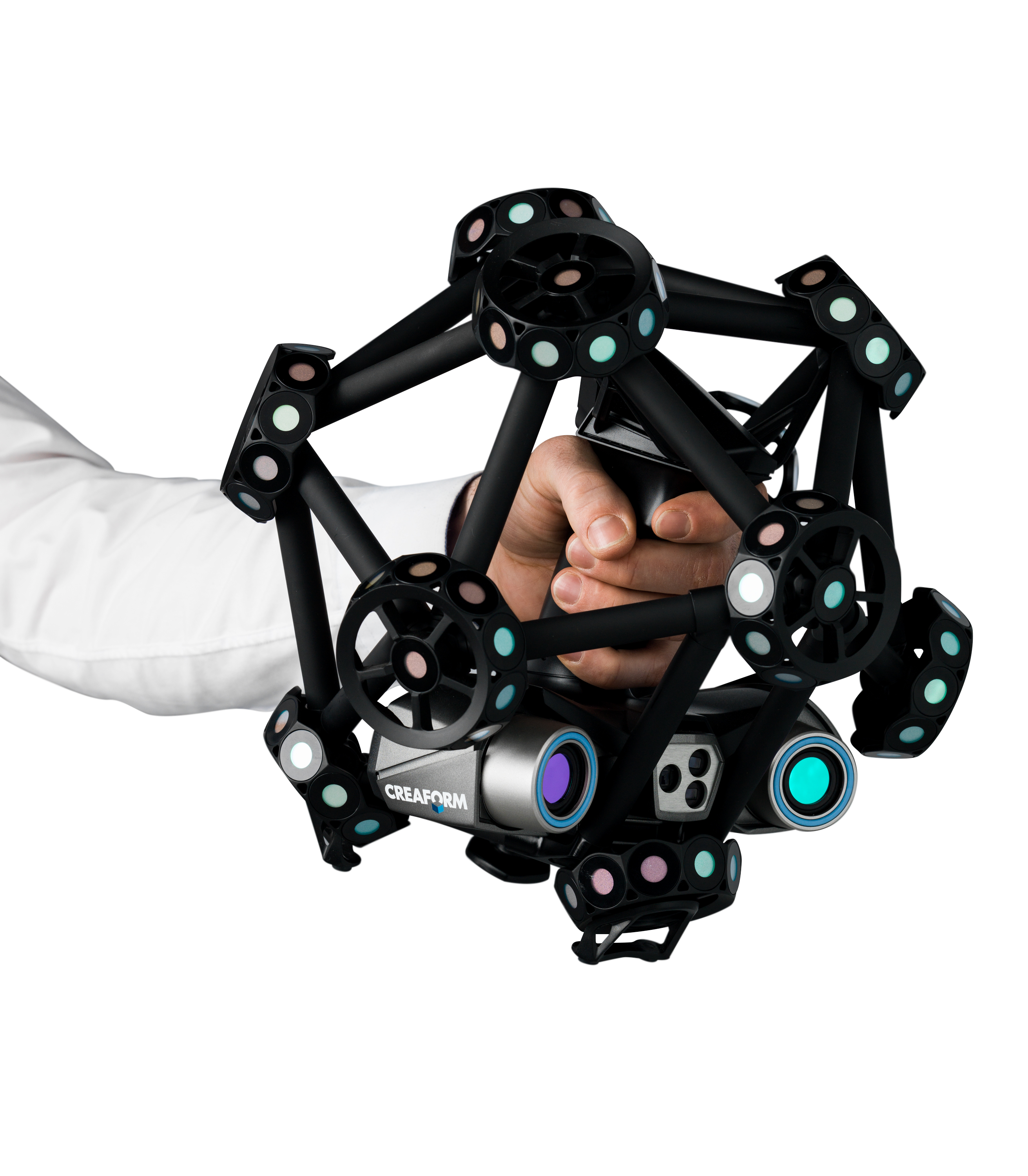
What are 3D scanners used for?
The first scanning technology appeared in the late 1960s, made of cameras, lights, and projectors. 3D Scanning has revolutionized the process by measuring and recording precise data of the physical world (physical to digital). You can replicate any object as there digital version or utilize 3D Printing and get the opposite effect ( digital to physical).
Continue reading to know the different types of scanners. You’ll also learn about the benefits and the everyday applications of 3D scanners.
What Is 3D Scanning?
3D scanning is the process of making a digital copy of real-life objects. With 3D scanners, people can save, share, edit, and print the object from a computer. The purpose of 3D scanners is to have the ability to accurately measure objects, digitize, and physically reproduce or alter their dimensions.
The development of 3D scanner technology made it easier, affordable, and portable to use. 3D scanning made it possible for high-octane movies like Avengers: End Game and award-winning video games like The Last of Us to come into existence. So feel free to check out some of the best 3D scanners from hand-held to desktop scanners.

Engineer utilizing the HandySCAN Black to aquire digital data from a physical object.
3D Scanning Applications
Here are some practical applications of 3D scanners:
1. Figurines and Animations
3D scanners can act as a camera to make a portrait of people by making 3D figurines in physical space. You can also use models for animations, avatar creation, and custom clothing creation.
This technology plays a role in virtual reality because it allows you to make a digital avatar. For video games, you can make both physical and digital copies of figurines representing characters or objects.
2. Research and Science
Researchers can make dinosaur fossils and scaled robotic parts. They study how the bones interacted with each other, which is farily impossible if it wasn’t for being able to 3D scan and reproduce. This enables them to know how they moved and grew in the environment.
3D scanners are important in topography, optical measurement, and archiving for study.
3. Architecture and Engineering
Designers use models of structures for restoration, documentation, or archeological studies. The 3D scanners make it easier to measure every inch of windows, doors, and the like. It also increases the accuracy of a prototype’s components, regardless of complexity.
4. Art and History
Artists and historians can create their digital versions for archiving and curating. 3D scanning is the perfect technique to restore crumbling artifacts. People can also archive art, enabling people to view them online.
This also applies to any part or object that has been outdated. If there is an old one laying around, it can be scanned and 3D printed.
5. Medicine and Health
3D scanning enables the design and creation of prosthetics with less time and money. They also scan body parts without direct contact for a detailed analysis of a patient. Doctors can do hands-on experiments with 3D models before a live patient and learn data on wounds, broken anatomy, and cosmetic surgery.

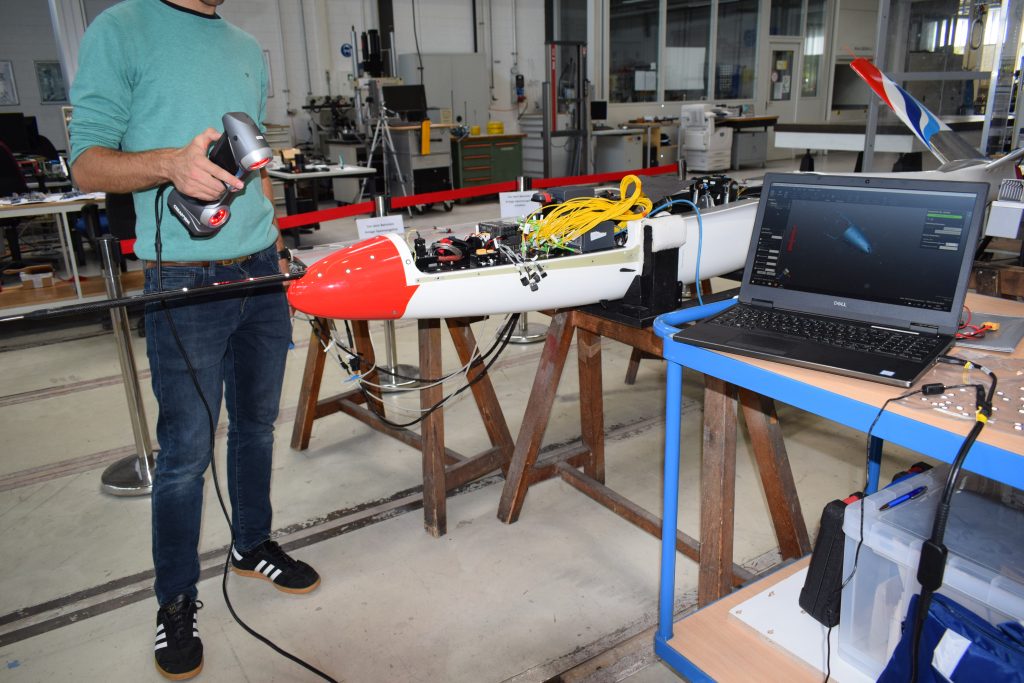
With the the technology of 3D Scanning, companies are able to revolutionize their rate and quality of production.
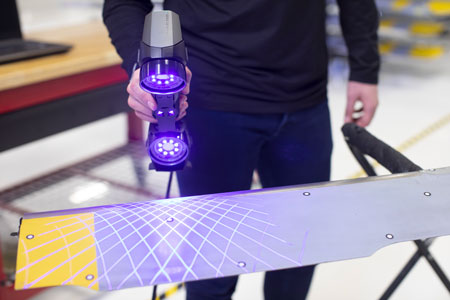
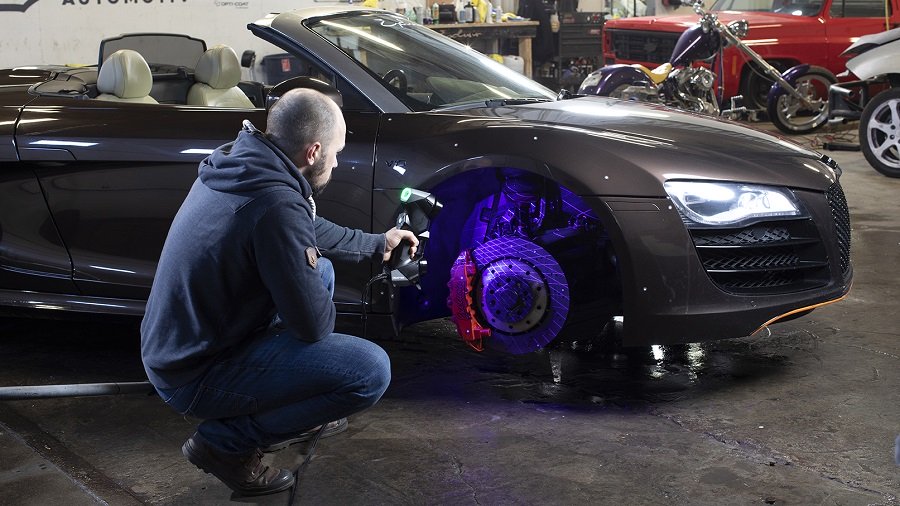
Types of 3D Scanners
1. Contact Scanners
These 3D scanners probe the subject through physical touch. This type of scanner is best for flat shapes or simple convex surfaces. The only drawback is the tactile requirement.
Otherwise, it may change or damage the subject.
2. Photogrammetry
This scanner takes many pictures from different angles. The more pictures you have, the better the quality.
A 3D scanning software analyzes the pictures and reconstructs them in 3D. This type of scanner is great for live objects like people and animals.
3. Time of Flight (TOF)
Time of Flight scanners measures how long it takes for the laser to reflect from the scanner. This type of scanner is best for scanning objects in real-time. It’s also ideal for scanning large objects like buildings.
4. Triangulation
A camera records the intersection between the beam from the scanner and the object. The camera, laser dot, and laser emitter form a triangle making it easier to find the dot’s location. This type of scanner is useful for scanning things like cars and houses.
5. Structured Light
This type of scanner casts a light of geometric patterns to look at the deformation of an object. It looks at its depth and width, meaning the scanner won’t work well with reflective surfaces. This scanner gives the best details and measurements of small and delicate objects.
3D Scanning Software
The software helps optimize the precision, results, and quality of the scans. It improves the details of the scanned objects, preparing it for 3D printing prototypes. The 3D scanning software looks at the characteristics of objects with reverse-engineering and detailed analytics.
GeoMagic also has other add-ons such as Control X, Wrap, and GeoMagic for Solidworks, to simplify and have more control over 3D Scand.
Another excellent software is VX Elements Software.
VXelements provides a fully integrated 3D software platform that powers the entire fleet of 3D scanning and measurement technologies. It gathers all the essential elements and tools into a user-friendly, simple and sleek working environment.
Get a 3D Scanner Today!
These are some considerations you must know before getting a 3D scanner. Use these to get a definite idea of what to expect once you invest in one.
Discover even more solutions that are available with the newest tech with us at NeoMetrix!
Source: https://donklephant.com/how-3d-scanning-is-changing-the-world-one-industry-at-a-time/
For more information about the 3D solutions offered by NeoMetrix:


